The untold story of The Donald’s disco era
Trump’s patronage of the 1970s NYC club scene explodes the left’s lazy caricatures about the US president.

Want to read spiked ad-free? Become a spiked supporter.
At a rally prior to his inauguration in January, Donald Trump performed camp dance moves as the Village People sang ‘YMCA’. It offered a glimpse of who he was decades earlier, during the dizzy disco days of the 1970s. A sense of who he was long before he was vilified as a ‘fascist’ by assorted hysterics in response to his presidencies.
Trump didn’t dance back in the 1970s, apparently, but he knew plenty of people who did. Many of them were the celebrities he was photographed with at the time, most of whom have since distanced themselves from him, while denouncing him with slogans chanted by the braying mob on the streets throughout his first term.
A selection of these celebrities announced on social media that they would leave the country if Trump became the American president in 2016, and again, in 2024. Some went further than others. In November, the aptly named America Ferrera (star of Ugly Betty) began viewing properties in the UK, citing the negative impact Trump’s victory would have on Latinos in the US (seemingly oblivious to the clear rise in support for Trump among Latino voters). Ellen DeGeneres swapped her Montecito mansion for a Cotswolds farmhouse following Trump’s triumph. But the likes of Cher, Barbra Streisand and others, who repeated ad nauseam their intention to emigrate, remain in their gilded, guarded US mansions in 2025.
When asked why the world of celebrity turned on him, Trump is unable to pinpoint a particular reason. A couple of decades ago he was positively encouraged to run for office, with Oprah Winfrey offering herself as his running mate in 2000. Was it really as simple as him shifting from the Democrats to the Republicans? Or was it the realisation that he was both a contender and a celebrity insider – that he knows where the bodies are buried?
In the late 1970s, Trump’s relationship with the beautiful people of New York and LA was very different. The Village People’s ‘YMCA’, which first reached the ears of America and the world in 1978, was performed by a group parodying homosexuality and the macho American male, via the camp cosplaying of a cowboy, a Native American, a construction worker and a military man. The song’s success came on the back of the hedonistic nightlife culture that was identified with New York’s Studio 54. The club, a former opera house and television studio on West 54th street, was launched in the spring of 1977. Among the VIP celebrities present on the opening night was Donald Trump.
Like Andy Warhol, Liza Minnelli and Calvin Klein, Trump – a native New Yorker – became a regular at Studio 54, featuring in countless paparazzi images of events hosted there. Truman Capote, another famous attendee, perhaps summarised the clientele of the club decades earlier. He wrote of a type of New Yorker that belonged to ‘that sect most swiftly, irrevocably trapped by New York, the talented untalented; too acute to accept a more provincial climate, yet not quite acute enough to breathe freely within the one so desired, they go along neurotically feeding upon the fringes of the New York scene’.
By the 1970s, they were moving in from the fringes, sidling up to celebrities and participating in the rule-breaking excesses that were the preserve of the modern elite: the influential, the creative, the talented – and Bianca Jagger. Warhol used to say Studio 54 was a dictatorship at the door and a democracy inside. Studio 54 co-owner Steve Rubell claimed he operated a vetting policy: ‘If it gets too straight, then there’s not enough energy in the room. If it gets too gay, then there’s no glamour. We want it to be bisexual. Very, very, very bisexual.’
Beyond the velvet rope at the entrance, the ‘corridor of joy’ led to a dancefloor sandwiched between a basement and a balcony, where regulars had a licence to partake in whatever sex and drugs that took their fancy, free from fear of stigma. Recalling these scenes years later, Rubell’s business partner in the venture, Ian Schrager, said: ‘Andy Warhol was shy and just liked to watch. Mick Jagger was the same as he was on stage and Diana Ross was an amazing dancer. I never saw Donald Trump dance, though. He was a serious guy.’
Seriousness is not a characteristic many of his enemies, political or otherwise, would apply to the current president. Other slurs emerged from the hackneyed textbook of the identitarian left, invariably landing on terms so overused they are bereft of meaning but continue to wield power. Naturally ‘sexist’ and ‘racist’ are in there, along with ‘homophobe’. Ultimately, redundant accusations when you consider that, as the current treasury secretary, Scott Bessent is the highest ranking openly gay US official in history. ‘It’s coincidence, not causal’, he says. ‘President Trump picked me because he believed I was the best person for the job.’ Kash Patel, Scott Turner, Tulsi Gabbard, Pam Bondi, Kristi Noem and Karoline Leavitt have similarly been assigned significant roles because of their calibre rather than their race or gender. Ability and merit have also taken JD Vance from poor, humble origins in Ohio, to the rank of vice-president. He has the polish of statesmen from the past, the nous of a modern politician, with an insight and intelligence that dwarfs those he is duty bound to deal with, such as the substandard representatives of the British government, as we saw in Washington this week, or the European establishment, as in Munich earlier this month.
Arguably, polymorphous sexuality and multiracial mixing ceased to be a novelty for Donald Trump throughout those nights at Studio 54, during which he didn’t drink alcohol, take drugs or dance. This was before blackness or homosexuality were accommodated in the mainstream and taken up by the media, Hollywood and the corporate world. Before Pride became homosexuality as Disney. Before the LGBTQIA+ lobby made headway, becoming a bigger parody of all it claims to represent than the Village People have ever been. Donald Trump was also present at the funerals of figures such as Steve Rubell, and other Studio 54 clubbers that were taken out by AIDS, when the disease was being described as ‘the gay plague’. Before it became a cause célèbre for the beautiful people.
Much of this will be lost on the younger demonstrators that oppose Donald Trump, and overlooked by the elders who march alongside them. Since his victory last year, the crowds on the streets have been rare, with fewer numbers in attendance. The most prominent figures talking about a revolution tend to be Democrats who were in office the day before yesterday. There they presided over the waste, fraud and bloat the Trump administration has set out to address, while closing borders, burying DEI initiatives and declaring that there are only two genders. The indignant liberal celebrities, who once loved Trump and now loathe him, talk among themselves because no one else is listening, within the echo chamber of televised awards shows that no one watches. For his part, President Trump has no need of their support. In those first few weeks in office, his approval rating was the highest it had ever been (although it has slumped following his response to the situations in Ukraine and the Middle East). He may not have danced among those fellow celebrities in the disco days of Studio 54, but he is dancing now.
Michael Collins is a writer, journalist and broadcaster. He is the author of The Likes Of Us: A Biography of the White Working Class.
Who funds spiked? You do
We are funded by you. And in this era of cancel culture and advertiser boycotts, we rely on your donations more than ever. Seventy per cent of our revenue comes from our readers’ donations – the vast majority giving just £5 per month. If you make a regular donation – of £5 a month or £50 a year – you can become a and enjoy:
–Ad-free reading
–Exclusive events
–Access to our comments section
It’s the best way to keep spiked going – and growing. Thank you!
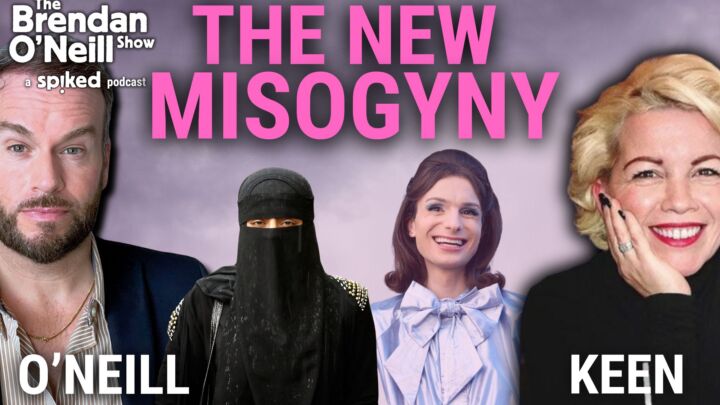
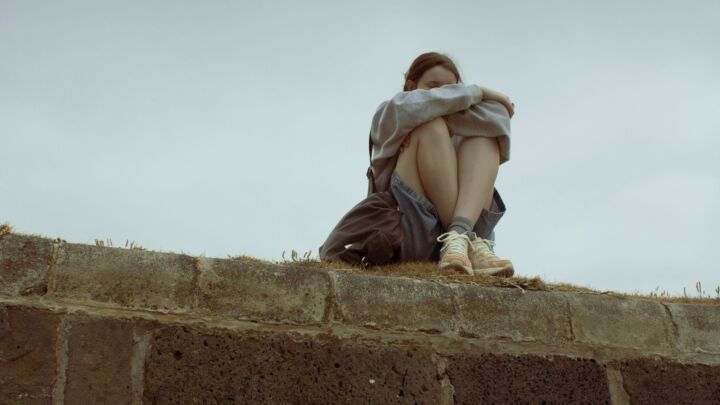

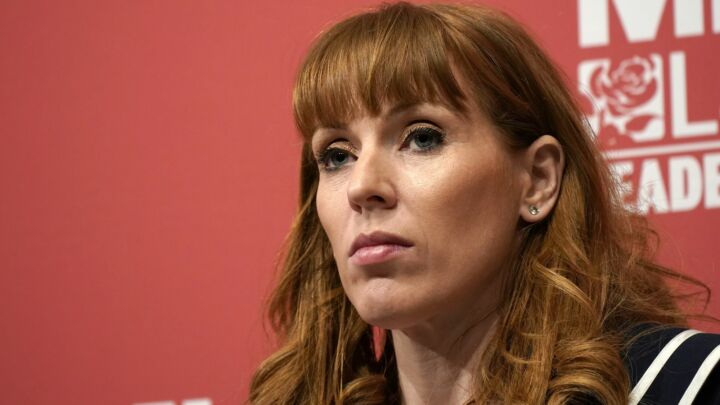
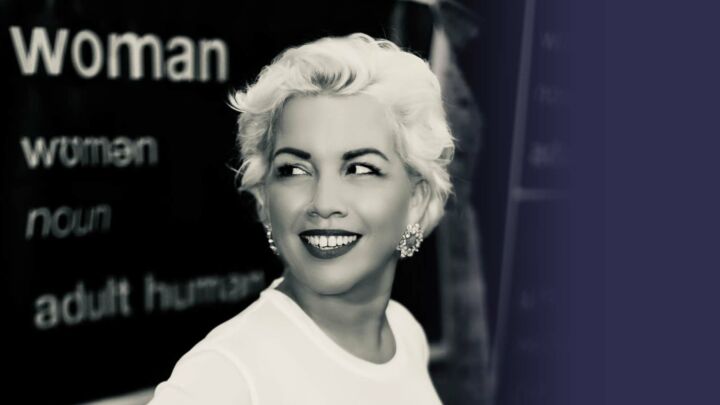
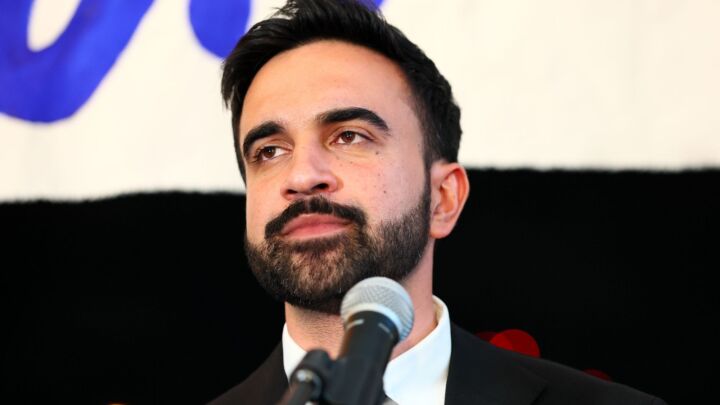

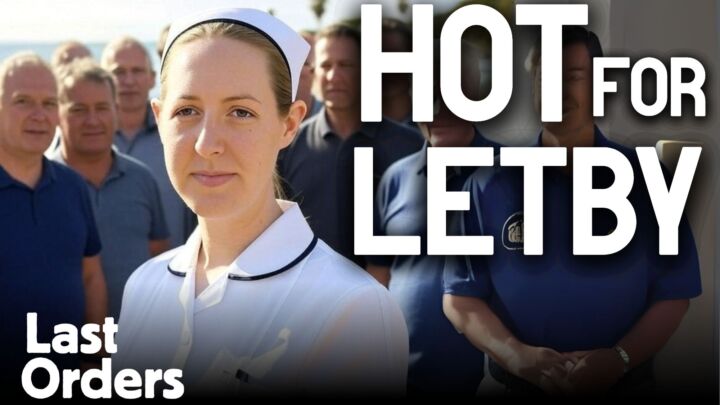
Comments
Want to join the conversation?
Only spiked supporters and patrons, who donate regularly to us, can comment on our articles.